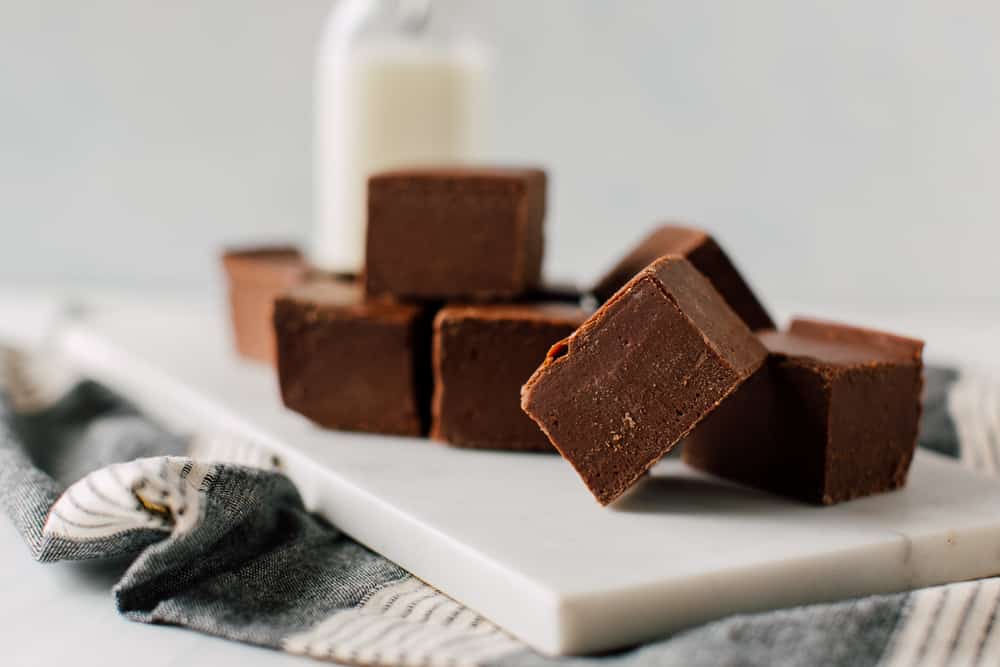
Fudge is one of the most popular homemade candies. It makes a wonderful gift that most people will enjoy and is special enough for any occasion. It’s worth mastering the technique.
Fudge comes in many variations from the classic vanilla to chocolate, peanut butter, maple syrup, and even pumpkin pie!

People have distinct preferences as to how they like their fudge. Some like it dryish and crumbly yet still smooth and creamy, others like it a little softer like caramel. Still, others prefer it a little on the chewy side leaning towards toffee.
Classic fudge is supposed to be firm, smooth, and a little crumbly with no large sugar crystals. It doesn’t matter what flavor you choose, but it should be smooth and velvety enough to spread blissfully inside your mouth without a grain of crunch.
Making any kind of candy requires a little knowledge of the science behind temperatures and crystallization and such. Don’t let this put you off though – it is easy to get it right once you know the basic technique and have a good recipe.
Fudge can be prepared on the stovetop or in the microwave. Either method can result in smooth, creamy heaven or a dry, crumbly, crystallized mess.
Reasons Why Is My Fudge Dry And Crumbly
Secret Methods Grandma Used
The secret to the best homemade fudge is to pay attention to the temperature while you’re forming the sugar syrup. You can stir the mixture while it’s coming up to temperature (over high heat) and the sugar is dissolving.
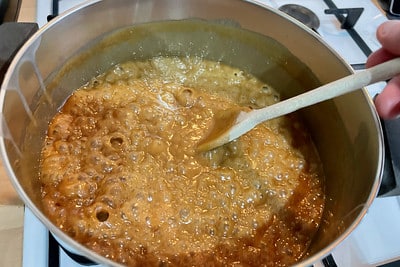
Once it is boiling, turn the heat down and let it simmer. It must not be stirred at this point or the sugar will crystallize.
Continue cooking it until the mixture reaches 238˚F. If you don’t have a sugar thermometer, test the doneness by dropping a half teaspoonful into a bowl of very cold water.
If it forms a soft ball and flattens out when you press it between your fingers, it is ready. At this point, remove it from the heat and allow it to cool down to 110˚F for the best consistency.
Now add some softened butter and vanilla extract. Now would be the time to add nuts, chocolate chips, or ingredients of that nature. The mixture must now be beaten with a wooden spoon until it is no longer shiny and is starting to thicken.
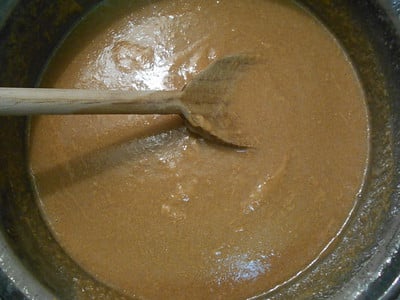
Press it into the prepared dish and leave it to cool down before cutting it into small squares.
Secret Weapons For Success
- The right saucepan
You want a fairly large saucepan with a heavy base. It should hold at least double the volume of your fudge recipe. The thick base causes the heat to be distributed evenly and prevents scorching.
A big pot allows for the ingredients to expand when they boil without coming over the top.

This is a worthwhile investment if you are going to make fudge, jam, and other sugar-based delicacies. Candy-making needs exact temperatures for sugar to perform as it should.
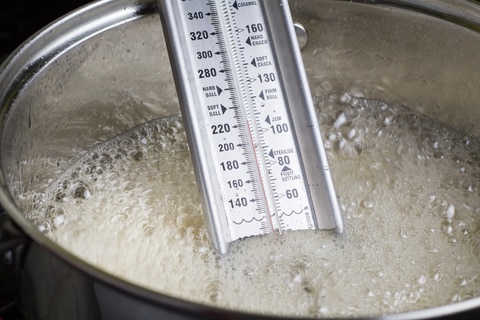
- A wooden spoon
This is the best utensil for stirring your hot ingredients as they dissolve and for beating the fudge afterward. Choose one with a long handle so you don’t burn yourself.
- Square glass baking dish
Do pick one that’s the size your recipe recommends. A larger dish will mean your fudge squares will be too thin and if it’s too small, your fudge will be too thick. Be sure to spray it with cooking spray or spread it with butter to prevent sticking.
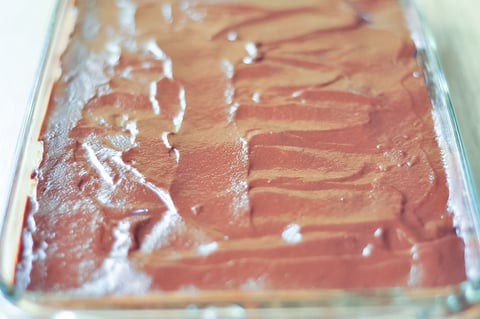
Further Tips
- Follow the recipe
This is one time you don’t want to wing it. Add the ingredients in the right order and the exact quantities.
- Stir at the right time then stop
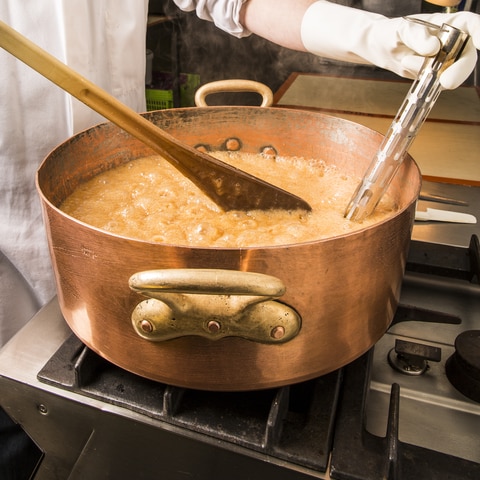
Stir the ingredients as the mixture comes to a boil to dissolve the sugar. Once it reaches 236˚F STOP STIRRING. Do not stir. Do not jiggle the pan.
Doing this will cause the sugar to form big crystals, giving you dry, grainy, crumbly fudge. You’re aiming for smooth fudge with very tiny sugar crystals that will just melt in your mouth.
- Remove from the heat at the right time
As soon as the mixture reaches 238˚F, it is done and you must take it off the heat. You can put the butter on top now so it can melt but do not mix it in yet.
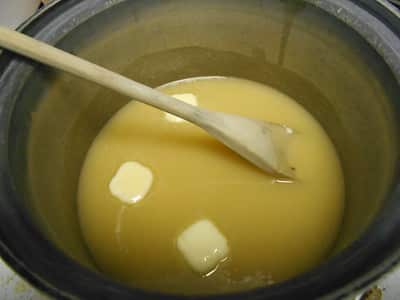
Once the fudge has cooked to 110˚F, beat it vigorously with your wooden spoon until it develops a matt appearance and thickens.
- Never scrape down the saucepan
When taking the mixture out and putting it into the dish, don’t scrape down the sides of the pot as this may introduce sugar crystals into the mix.
- Start simple
If you’re a beginner candy-maker, use a recipe that asks for corn syrup, condensed milk, or marshmallow crème. That’s because these ingredients prevent sugar from forming big sugar crystals.
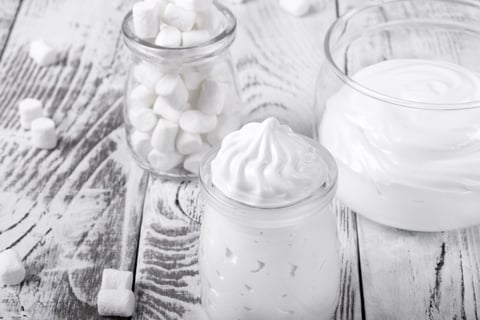
To Conclude
We hope these tips have been helpful for you and that your next batch of fudge won’t be crumbly and dry, but smooth and creamy. Let us know how it goes!
